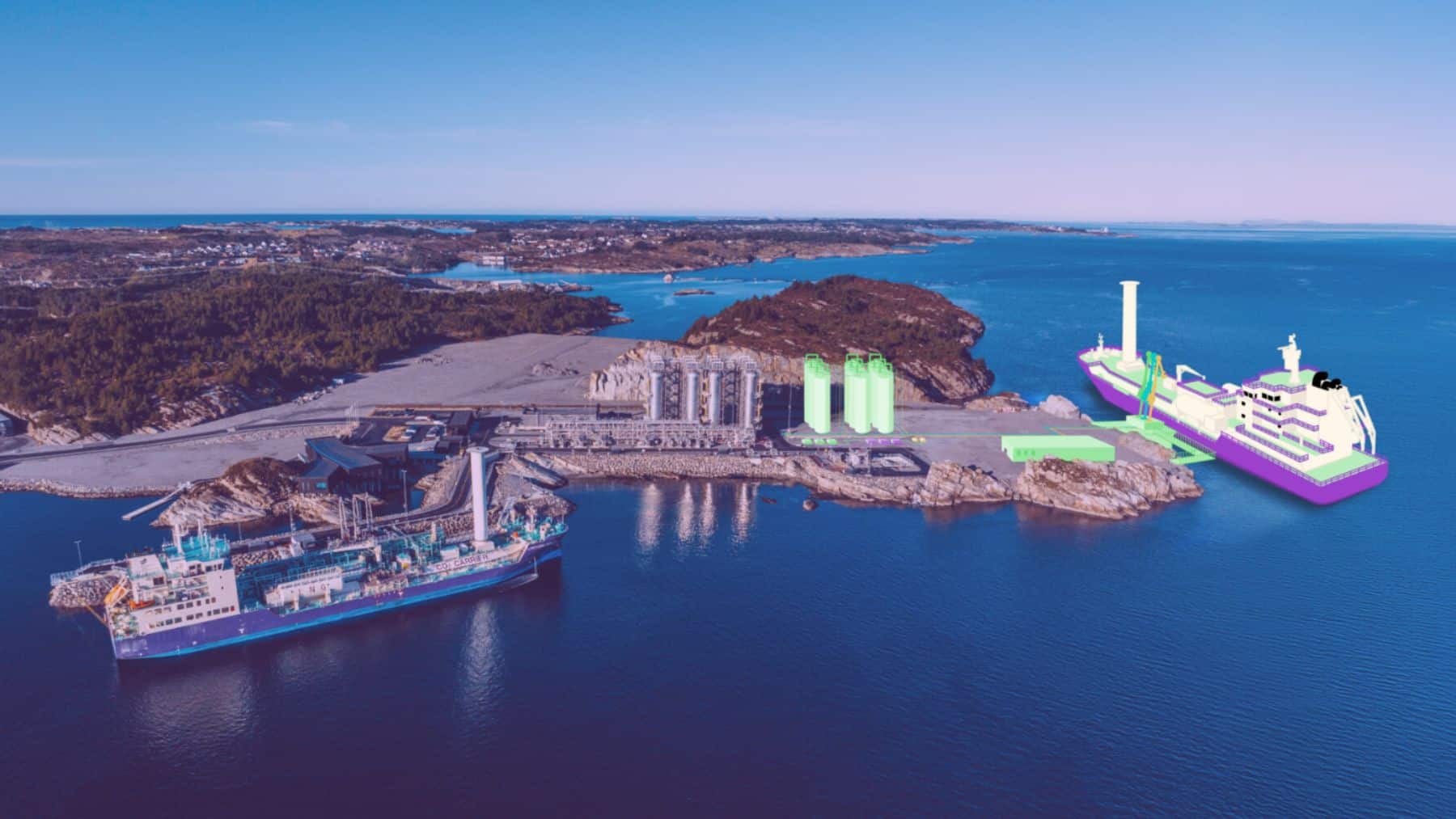Europe’s carbon landscape may be changing due to what appears to be hidden beneath a northern fjord in western Norway. A Norwegian basin is now ensuring that carbon capture and storage is a possibility. Based on the knowledge that 5 million tonnes of CO₂ disappear underground yearly, the Norway Northern Lights project is looking to reduce industrial emissions that escape Europe’s chimneys.
The solution in the form of the Northern Lights project
This Northern Lights project was made possible thanks to Shell, TotalEnergies, and Equinor. The project looks at a cross-border CO₂ transport and storage facility that is available to multiple industries. Being situated just off the coast of Øygarden in Western Norway, it signifies a new way forward for Europe’s decarbonization strategy. The facility has been operational since 2024, but it began the injection of CO₂ in August 2025 after many tedious years of engineering as well as international cooperation.
During the first phase, the Northern Lights project had the capacity to store 1,5 million tonnes of CO₂ annually. The good news is that by 2028, the project be able to take care of 5 million tonnes of CO₂ per year. All this is only a possibility due to the 7,5 billion investment by NOK that was announced in March 2025.
Thus far, the way the project worked is that CO₂ had been captured from industrial facilities throughout Europe, including fertilizer factories. The CO₂ was liquefied and transported via ship to the terminal in Øygarden. Thereafter, it gets transported by a 100-kilometre subsea pipeline, after which it is stored 2,600 meters beneath the seabed in the North Sea, within the iconic reservoir known as Aurora.
How Europe fits into the equation of the Northern Lights project?
Since Europe found it difficult to reduce emissions or to eliminate it with merely renewables, the Northern Lights project provided a decarbonization pathway for many industries operating beyond national borders. With the first commercial cross-border CO₂ storage agreement with Yara International, the global leader in industrial solutions offered a new market for CO₂ transportation and storage as a service.
The Norwegian government supported this pan-European approach under the Longship project. With the Longship project in place, Norway will surely be able to achieve its own climate targets and manage to export CO₂ storage capacity to the rest of Europe. Equinor is at the core of all operations, pushing forth ambitions to secure 25% of Europe’s CO₂ transport and storage market by 2035.
Extracting CO₂ from European chimneys and using seabeds wisely
The beginning is marked by carbon dioxide capture through filtration. When CO₂ is compressed into a liquid state, the CO₂ is shipped to Øygarden through tankers. The onshore terminal gets the CO₂ and stores it temporarily in insulated tanks before it is pumped offshore via a specific pipeline.
Eventually, the CO₂ is injected into a deep saline aquifer that is about 2,500 to 2,600 meters below the North Sea seabed. Due to intense pressure, gas gets trapped by rock and then, through natural mineralization, it combines the CO₂ into solid carbonate minerals as time passes.
Real-time monitoring systems assist the facility that is regulated under the EU and Norwegian frameworks so that the CO₂ stays permanently contained without leaking. It is true that Norway has started absorbing world pollution, 5,000,000 tons at 8,500 ft under the sea.
Norway has started an emissions-free revolution
The CO₂ is injected underneath the fjords of Norway through the Northern Lights project, which shows climate innovation can be effective. Europe is focusing on longer-term storage about 2,6 kilometers beneath the sea, but with Norway’s help, Europe is far closer to reducing emissions rather considerably. The Northern Lights project has taken care of carbon storage, and soon emissions from Europe’s chimneys won’t be something to stress about. In the pipeline as well are buildings that will absorb CO₂ from the air, as a tycoon has made the ultimate building material available.














